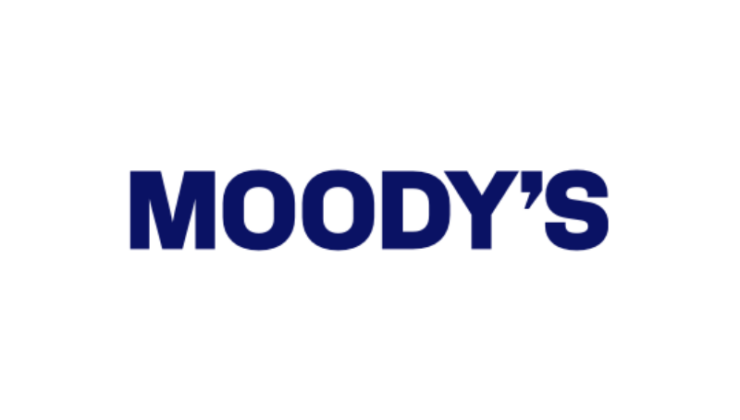

Moody’s Ratings, a renowned credit rating agency, has published a comprehensive report analyzing the implications of recent market fluctuations on the solvency of European insurance companies. This analysis sheds light on how US-imposed tariffs have caused global equity markets to plummet, yet European insurers have managed to maintain relative stability.
The recent spike in market volatility is largely attributed to the tariff measures enacted by the United States, leading to significant downturns in equity markets worldwide. These disruptions have exerted pressure on the solvency ratios of insurers, particularly in Europe, given that fluctuations in equity markets are a recognized risk factor.
Notably, European insurers entered this turbulent period with robust solvency positions, with major players averaging an impressive 220% solvency ratio. Consequently, the overall impact on their solvency has been moderate, with only slight declines observed in many companies’ solvency ratios since the end of 2024.
European insurers’ solvency ratios are particularly sensitive to market movements, especially changes in equity prices. Despite the recent declines in equity markets following the US tariff announcements, many insurers continue to maintain sufficient solvency levels. While there has been minor deterioration in financial strength, it remains limited due to the solid initial solvency positions before the market disruptions.
Beyond the direct impact of equity market changes, the report also considers broader economic effects of the US tariffs, such as bond spread variations, slower economic growth, and increased property and casualty (P&C) claims inflation. Although European government bond spreads have remained stable, high-yield corporate bond spreads have widened significantly, impacting insurers holding such bonds. However, most European insurers focus on investment-grade corporate bonds, mitigating their exposure.
Should the US tariffs persist, a decrease in global trade volumes could significantly affect European trade credit insurers, potentially leading to reduced revenues and higher claims, especially if corporate default rates climb. Life insurers might also face challenges from slower economic growth, as reduced demand for discretionary life products often coincides with higher unemployment rates. However, economic uncertainty might spur short-term demand for savings-oriented life policies.
The report also examines potential changes in interest rates in response to economic slowdowns caused by tariffs. A reduction in long-term interest rates could negatively impact insurers’ solvency due to the long-term nature of their liabilities, although short-term rate cuts would likely have a milder effect. Additionally, P&C claims inflation, already exceeding general inflation in Europe, remains a significant challenge, with insurers likely to push for price increases to offset rising claims costs.
Looking forward, the European Union’s response to US tariffs will play a crucial role in shaping the broader economic landscape. The EU has expressed willingness to negotiate with the US but is also prepared to retaliate by imposing tariffs on US services, including digital services, which could have further repercussions for insurers and other sectors in the region.
Moody’s report underscores the resilience of European insurers amid ongoing market volatility. While solvency ratios remain robust for most, continuous monitoring is essential as the situation evolves. The consequences of US tariffs are still unfolding, and any prolonged disruptions could influence future financial stability within the insurance sector.
ENGLİSH
3 gün önceSİGORTA
3 gün önceSİGORTA
3 gün önceSİGORTA
7 gün önceSİGORTA
8 gün önceSİGORTA
8 gün önceDÜNYA
17 gün önce 1
Elon Musk’s Father: “Admiring Putin is Only Natural”
11490 kez okundu
1
Elon Musk’s Father: “Admiring Putin is Only Natural”
11490 kez okundu
 2
Minnesota’s Proposed Lifeline Auto Insurance Program
9419 kez okundu
2
Minnesota’s Proposed Lifeline Auto Insurance Program
9419 kez okundu
 3
Introducing Vivo Y300 Pro+: A Blend of Power and Affordability
7361 kez okundu
3
Introducing Vivo Y300 Pro+: A Blend of Power and Affordability
7361 kez okundu
 4
xAI’s Grok Chatbot Introduces Memory Feature to Rival ChatGPT and Google Gemini
6082 kez okundu
4
xAI’s Grok Chatbot Introduces Memory Feature to Rival ChatGPT and Google Gemini
6082 kez okundu
 5
What’s the best car insurance for seniors?
6018 kez okundu
5
What’s the best car insurance for seniors?
6018 kez okundu
Veri politikasındaki amaçlarla sınırlı ve mevzuata uygun şekilde çerez konumlandırmaktayız. Detaylar için veri politikamızı inceleyebilirsiniz.